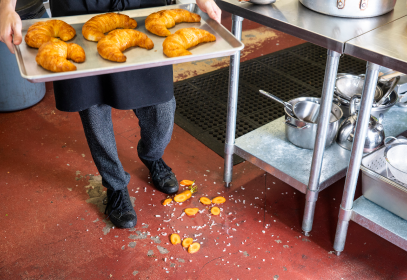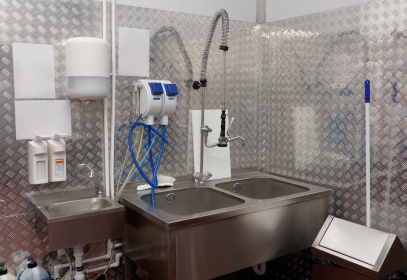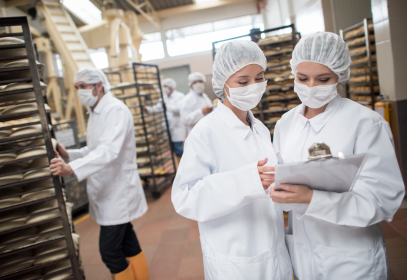First let’s take a look at the parts of operations we want to focus on for performing these assessments. Risk assessments can be performed on every room or activity in your facility, but having a giant stack of written assessments is probably not going to be usable or practical in most operations, so we can narrow down what we’re talking about to the highest risk areas.
For Food factories and manufacturing operations, food safety plans and hazard analyses are required. We strongly recommend adding a risk assessment column into the hazard analysis before any other risk assessments are started. Beyond the hazard analysis and the previously discussed supplier risk assessments as part of the Supplier Approval program, we should be focusing on areas of the facility or operations where repeated or regularly occurring non-conformances have occurred. After we have planned to write risk assessments of repeating or persistent issues that occur in the facility, the next areas to consider are unusual, undesirable or unrepairable features of the facility.
The first items we are going to need to write proper risk assessments are the name of the person writing the assessment and the date on which the assessment was performed. Next, we need to identify the activity or area of the facility that the risk assessment applies to.
After determining the activity or location, we need to identify what risk we are assessing, such as fraud or theft, production errors, worker injury or contamination of material. Lastly, we need to identify control measures in place to address the risk we are looking at. For production related risks, measuring activities and good record keeping during production are the most common control measures, and those should be identified on the risk assessment if they apply.
In situations where we cannot identify our controls for identified risk areas or activity, we have come to a situation where we have a potentially serious problem, and it is here that we can look closer at likelihood and severity.
In the first episode of this series, we described likelihood as how likely a risk is to occur, and here where we are attempting to write a risk assessment, it is hopefully easier to understand what we mean by likelihood. For a risk assessment of a difficult to clean piece of equipment, the likelihood of the risk of contamination is tied to how often that equipment is used and how often it’s checked.
Now let’s look at how to determine the severity of an assessed risk. For many risk assessments in food establishments, we often associate severity with the likelihood of illness or death from food related problems. This is what is meant by severity on a hazard analysis of a HACCP plan, for example. However, when we are performing a risk assessment in the facility, severity is a more general sense of how bad the problem would be in an instance where it occurs.
Included in this video is a link to examples of risk assessment forms you can download if you are going to perform a risk assessment.
In our next episode, we are going to discuss leadership in risk assessments, and why it is so important that facility leadership be involved with the performing or reviewing of risk assessments in a food or food packaging operation.
To learn more, visit the free food safety training videos & resources section of our website.
Subscribe to our YouTube channel or follow us on LinkedIn to be notified of new educational food safety resources.








